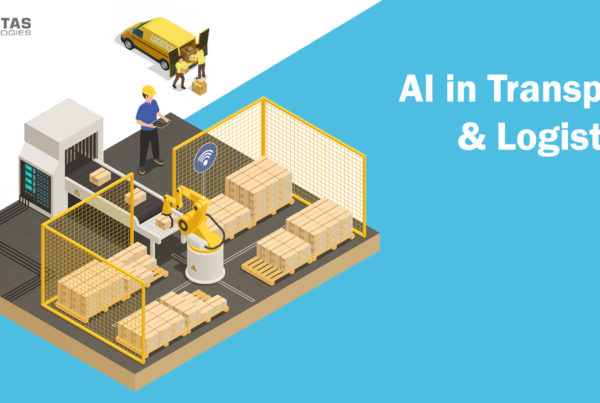
What is Machine Vision (MV) ?
Machine vision (MV) is the technology and methods used to provide imaging-based automatic inspection and analysis for such applications as automatic inspection, process control, and robot guidance, usually in industry. Machine vision is a term encompassing a large number of technologies, software and hardware products, integrated systems, actions, methods, and expertise.
Example 1
Piston Ring Counting – This machine is used to count piston rings and can count different models of rings ranging from a minimum thickness of 0.25mm.
(Picture credits – Qualitas Technologies)
Problems that are most likely to occur – To pack the stack of rings, the counting of the piston rings has to be done. And it is a tedious and time-consuming process. Also, the accuracy for lesser thickness can go down due to human errors.
Example 2
Gear teeth counting machine – This machine is used to count the number of teeth available on the machine gears and classify the gears based on the number
Machine Vision can be used to segregate sure defects and unsure defects. Only unsure defects can be re-verified by humans.
One such example is usage of Machine vision in defect detection.
Machine vision is used to detect surface defects on the UBS line (Under-body sealant) which is hard to inspect continuously by a human. Hence, AI-based Machine vision is used here to do the task effectively and when a defect is identified, human inter-vision is needed re-verify the detected defect and fix it. This way humans and Machine vision technology join hands which results in augmentation.
Manual quality control to sample the output of machine vision systems identify gaps and errors.
An ideal example for this would be,
Online reading of QR code and characters on Blisters which was soporific in nature and most importantly less accurate.
Register For Our Upcoming Free Webinar





